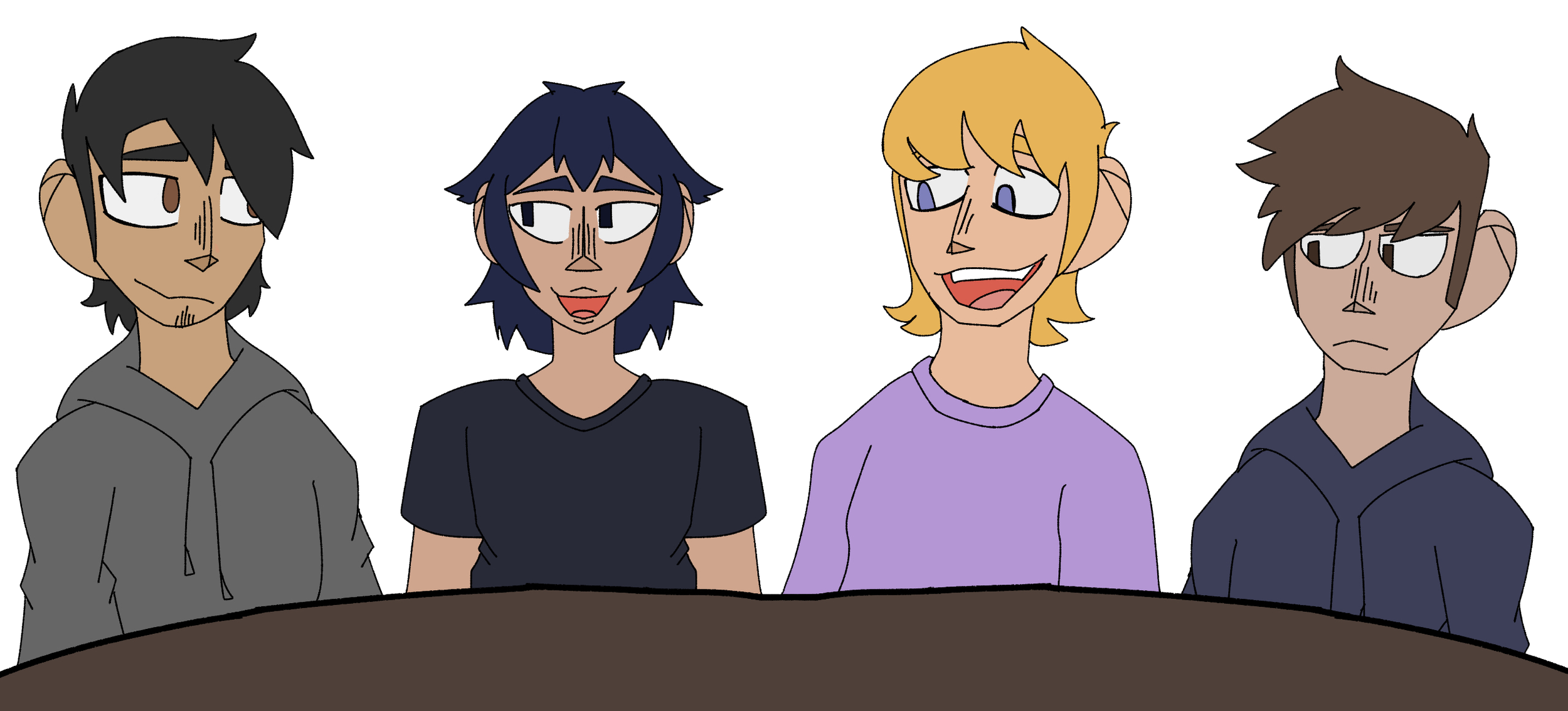ZINE: More Than Just A Name
Our latest zine explores the intersection of data and worker subjectivity in the youth homelessness sector
Okay, so we’re onto our third zine and still talking about data – those pesky numbers and stats that stand in for people and their experiences. But what we’ve come to realize is that, as handy as data sometimes is, it can't capture the full picture of a person or their experience on its own. We appreciate just how useful data can be in organizing services, especially vast and complex systems like Ontario's youth homelessness and child welfare networks. But we really hope everyone relying on data remembers where it comes from and what it represents. Data must be understood as more than just the text you see on your screen. People, like those catalogued in a By-Name List, for example, are more than just names on a list.
Click here to read More Than Just a Name: Worker Subjectivity in Ontario's Youth-Serving Systems
In this zine – the third in our series of four zines on data justice in Ontario's youth homelessness and child welfare systems – we're diving into the rigid-seeming data infrastructures that shape workers’ understandings of the youth and families they serve. We begin by sharing how the standardized and standardizing tools used to store and process client data are experienced as limited and limiting by the frontline staff who are expected to use them. Then, in the second part of this zine, we'll explore workers' human and subjective experiences of engaging the “objective” digital tools that orient decision-making in Ontario’s youth homelessness and child welfare systems.
It's all about the real people behind the data – or hopefully in front of it. Our zine series aims to help workers use the data and data infrastructures at their disposal to look beyond the numbers and figures, keeping the people represented front and centre.
The zine was written by two of our research assistants Aron Lee Rosenberg and Sarah Cullingham, with support from Naomi Nichols. Will Pearson helped with the layout and Axel Lavictoire created the illustrations. You can read our zine by clicking the link. Or, if you prefer a print copy, get in touch!



